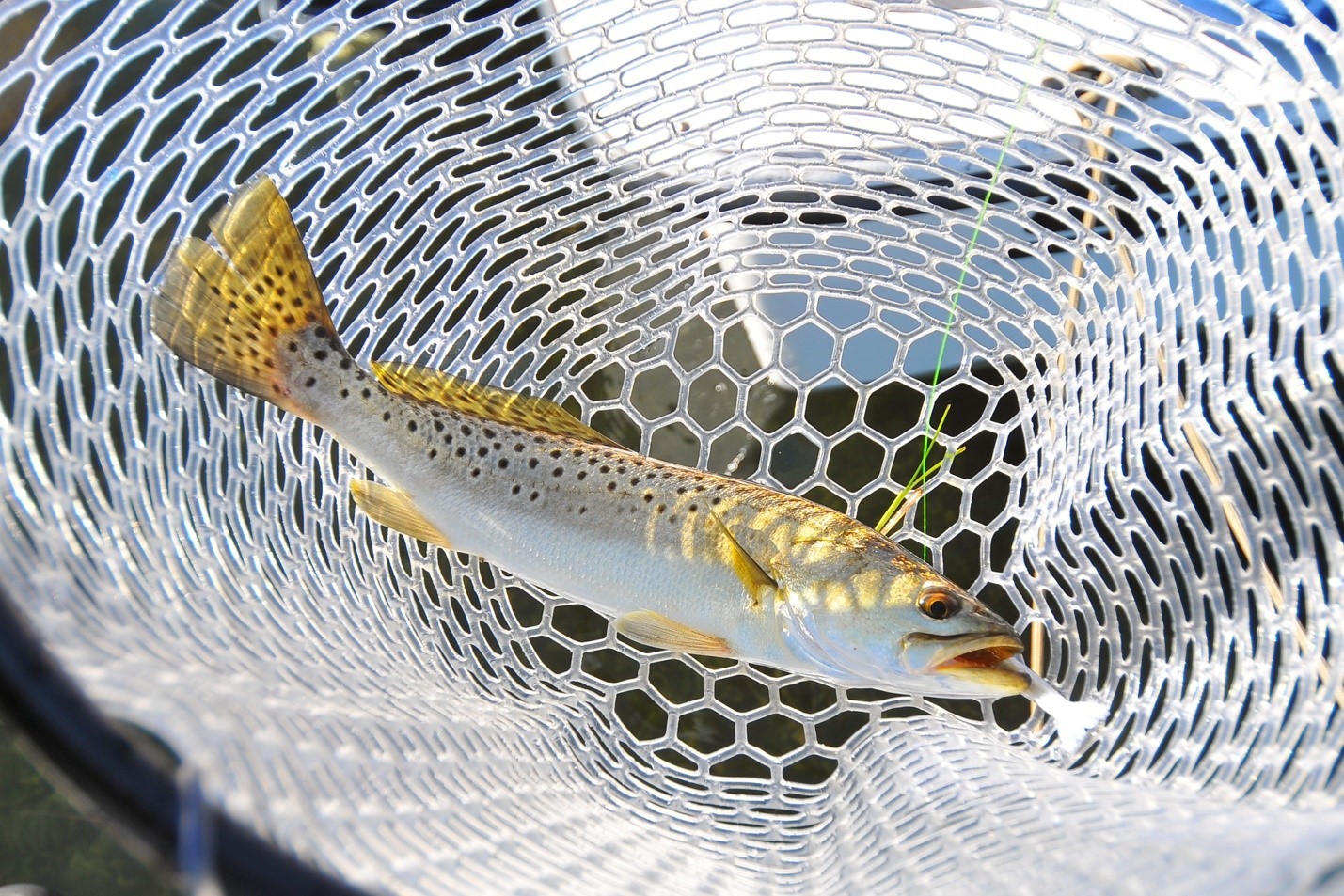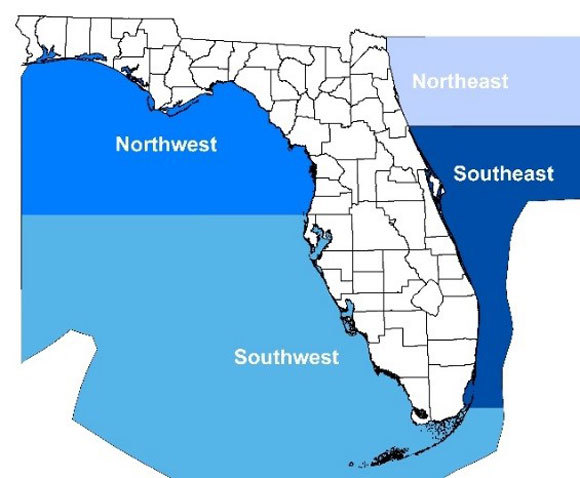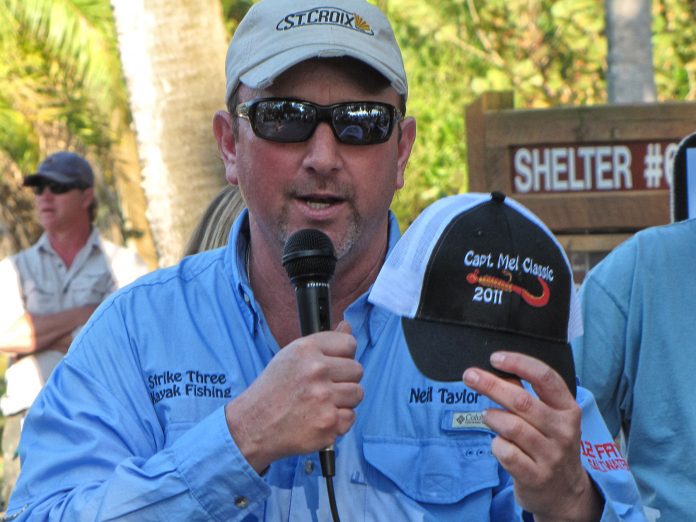As 2018 draws to a close…
It is a battle that never ends. Scott Moore tries. I try. If you don’t listen to me, probably not perfect. You don’t listen to Scott Moore, you are a moron. But we keep trying. I have been in touch with Scott about various issues. They got hit harder by Red Tide than my areas did. They have MOTE so they have some stocking programs we don’t have. The opportunities to change to proper management are there. The FWC solicited input. I gave it. Amanda said she forwarded my input all through the system, which I guess is better than nothing. Scott pushed me: I’ll be back to writing the Commission twice a week for a while.
Subject: Share input on management of the recreational spotted seatrout fishery
It is a shame. The people we have getting salaries to manage our ecosystem don’t know a thing about the ecosystem. I have given my input 1000 times. They have used it exactly zero times. What do I know, I’m only out there 280 days a year.
They asked. I put in my input AGAIN.
I put it in there that I STILL want them to talk to Scott Moore. Scott should be involved in everything that goes on. He is the Godfather of Florida fishing. I’ve been here 25 years. Scott’s been guiding two times what I have actually just lived here. Scott and I are close. Scott appreciates my knowledge even though my 25 years make me a short-timer. We are about the same thing: We would like Florida fishing to be the best it can be. If tighter regulations make that the way it should be: Fine.
I won’t give up. It’s hard. We continue to try and we meet a system that just doesn’t care. I have attached my reply below. If you have input, you can give it to me or you can submit it yourself. I’m not saying your input has to match mine. You have a brain. Use it. But, the most informed people, my input seems to match theirs.
Subject: Share input on management of the recreational spotted seatrout fishery
I would still like to see the state make Scott Moore part of the process. Scott has forgotten more about the fishing world than the FWC will ever know. I just talked to Scott two days ago. We both have serious concerns about the future and the way things are shaping up. The email was sent: Input sought. It is input I have given over and over. It is never used. This is part of the apathy with this system. The experts speak up but their input is ignored. I will publish my input. My articles are viewed a million times in under a month’s time. My knowledge is appreciated. My efforts, although they usually fall short: They are applauded.
Me, going through boxes, I found articles where I took writers fishing. Conditions we just don’t have anymore: Fish swimming around us. Average size snook: 35 inches. Now a 35 inch snook just doesn’t exist. 17 inch snook exist but that doesn’t do me any good. In 2009, the year before the freeze my clients averaged 11 snook per trip with an average length of 32 inches. Redfish: We typically caught ten or more per day. Now, it is a big deal to catch 2.
I have given input on speckled trout management for ten years. Nothing ever happens. A guide of 14 years, a lifelong Florida angler, I know the species and I know the politics.
Trout are easy. They breed year round. The right protection and trout will remain our most prevalent fish. Up until the past year they were untouchable around Tampa Bay. Trout are in decline. Redfish are in terrible shape. Snook are pathetic. Given the trend: Trout will be the next to be in trouble. Maybe it is time to manage them all correctly? Why not, fishing is a huge industry. It will suffer if we don’t make changes to keep things “good.” If it gets worse, I’ll retire. Nothing worse than being a guide and people can’t catch fish. It is headed that way.
Trout is simple. You have made it too tough. One regulation statewide. Drop it from four fish to three fish statewide and eliminate keeping a fish over 20 inches. Maybe build in an exception, the honor system, a gut hooked fish over 20 inches can be taken. No more zones. One rule statewide. I’m actually fine with keeping the limit at four fish but three wouldn’t be bad. Three is plenty of fish. If it was up to me I would increase the minimum size from 15 to 16 inches. A 15 inch trout isn’t worth keeping. Maybe in lieu of eliminating the one fish over 20 inches make the top of the slot 21 or 22 inches.
So, 3 trout, 16 to 22 inches: No fish over 22 inches can be kept. That’s my input. And you are going to have trouble finding anyone who knows trout better than I do.
Trout are our easiest species to catch. Protecting big trout not only increases big breeders, it encourages a trophy fishery. Personally, I don’t kill any trout over 20 inches: They don’t taste as good and every big trout put back is a big trout that might be caught again later. Trout have been in decline. I have not seen a trout over 26 inches in several years. The way the species was looking I thought we were going to see an increase in big trout. What happened? No one will ever know.
More people moving to Florida every day: Stricter laws are not out of the question. At all. I’m all for people having a fish to eat. Trout fits the bill. But the law could be amended that might ensure a brighter future for the species.
Do I know trout? I have taken people to catch more trout in the last 14 years than any other guide in this state or any other. Yes, I know trout. I believe trout are a huge part of the future of Florida fisheries. They are an easy one. Redfish and snook need more management. Trout: We could just tweak the rules for success. Tighten the laws? Barely. Honestly, leaving the same wouldn’t be bad but given more stresses on all species, tightening restrictions on all species wouldn’t be imprudent.
Trout aren’t as good as they were, even six months ago. Redfish are in trouble. Snook are great if you like 14 inch fish. Big snook are history. Red tide wiped out the big fish that wander up and down the coast. Snook are in the worst shape in the history of the state. Redfish: The future isn’t good. The offshore breeder school in September: Swam right into the algae bloom. Redfish face challenges for years, when they were already in bad shape around Tampa Bay. My photos: People caught redfish at will six years ago. That’s gone.
—–Original Message—–
From: Florida Fish and Wildlife Conservation Commission <MyFWC@public.govdelivery.com>
To: livelybaits <livelybaits@aol.com>
Sent: Fri, Dec 14, 2018 9:07 am
Subject: Share input on management of the recreational spotted seatrout fishery
From: Florida Fish and Wildlife Conservation Commission <MyFWC@public.govdelivery.com>
To: livelybaits <livelybaits@aol.com>
Sent: Fri, Dec 14, 2018 9:07 am
Subject: Share input on management of the recreational spotted seatrout fishery
 (Having trouble viewing this email? View it as a Web page.)
For immediate release: Dec. 14, 2018
Media contact: Amanda Nalley, 850-404-6100 or Amanda.Nalley@MyFWC.com Suggested Tweet: Share your input on recreational spotted #seatrout fishery with @MyFWC: https://content.govdelivery.com/accounts/FLFFWCC/bulletins/2227d1e #Florida #fishing
Share input on management of the recreational spotted seatrout fishery
 The Florida Fish and Wildlife Conservation Commission (FWC) is gathering input on management of the recreational spotted seatrout fishery. You can share your input by taking an online survey at SurveyMonkey.com/r/Seatrout2018. Your input will help FWC better understand the public’s satisfaction and desires related to this popular recreational fishery.
Background
Spotted seatrout is managed in Florida in four unique zones across the state (Northwest, Southwest, Southeast and Northeast).
The status of the seatrout populations within each zone is assessed using a measure of population health known as the Spawning Potential Ratio. Research indicates seatrout populations should be kept to at least 20 percent SPR to maintain a sustainable population. The FWC manages spotted seatrout at a higher management goal of 35 percent SPR to provide a better fishery.
In 2017, staff held a series of workshops related to a draft spotted seatrout assessment. The final assessment results were released in 2018 and suggest the Southwest and Southeast zones are exceeding the FWC’s management goal. The Northeast and Northwest zones are not meeting the 35 percent SPR management goal and may benefit from some management actions.
The results of the survey will be brought to a Commission meeting in early 2019.
  |
Latest posts by Neil Taylor (see all)
- The Neil Blog… - July 26, 2023
- The Catfish - July 26, 2023
- update - July 22, 2023











